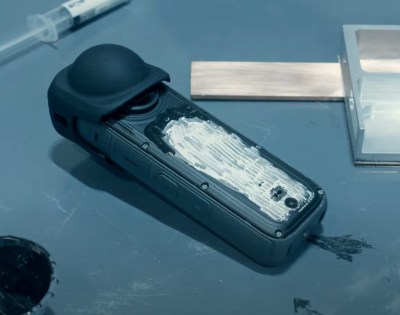At the risk of stating the obvious, building big things can be difficult. Sure, parts that fit on the bed of a 3D printer are easy to make, if not particularly fast, and scaling up from there is possible. But if you need a long beam or structural element, printing makes little sense; better to buy than build in that case. The trouble then becomes, how do you attach such parts together?
Enter Makerpipe. This South Carolina company, recently out of a crowdfunding campaign, makes a range of structural connectors and fittings for electrical mechanical tubing, or EMT, the galvanized steel conduit used in the electrical trades. EMT is widely available in multiple sizes and is relatively cheap, although we have noticed that the price here has ticked up quite a bit over the last couple of years. It also has the advantage of being available off-the-shelf at any big-box home improvement store, meaning you have instant access to a fantastic building material.
Makerpipe’s bolt-together couplings let you turn pieces of EMT, easily cut with a hacksaw or pipe cutter, into structures without the need for welding. Yes, you can do the same with extruded aluminum, but even if you’re lucky enough to live near a supply house that carries extrusions and the necessary fittings and is open on Saturday afternoon, you’ll probably pay through the nose for it.
Makerpipe isn’t giving their stuff away, and while we normally don’t like to feature strictly commercial products, something that makes building large structures easier and faster seems worth sharing with our community. We’ve done our share of fabricobbling together EMT structures after all, and would have killed for fittings like these.


















